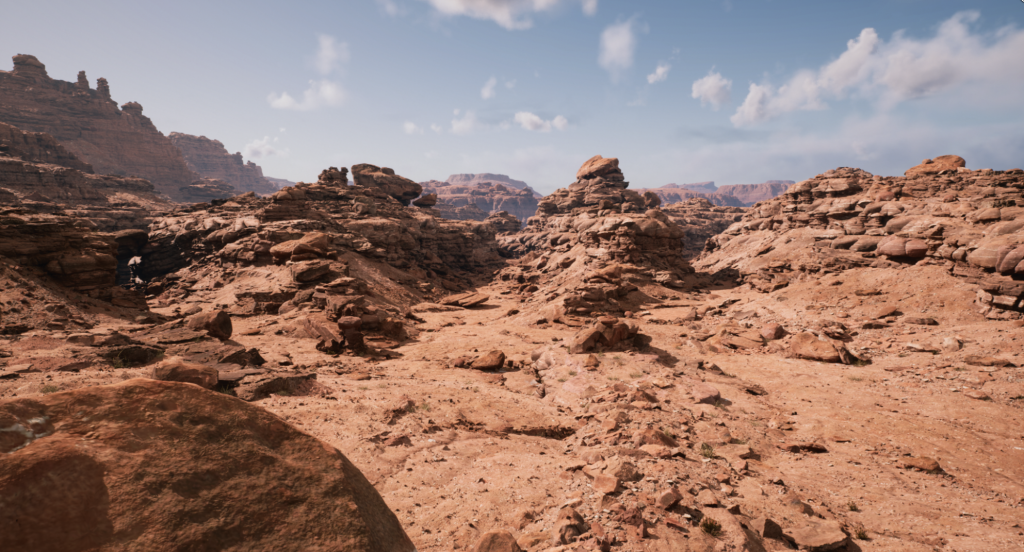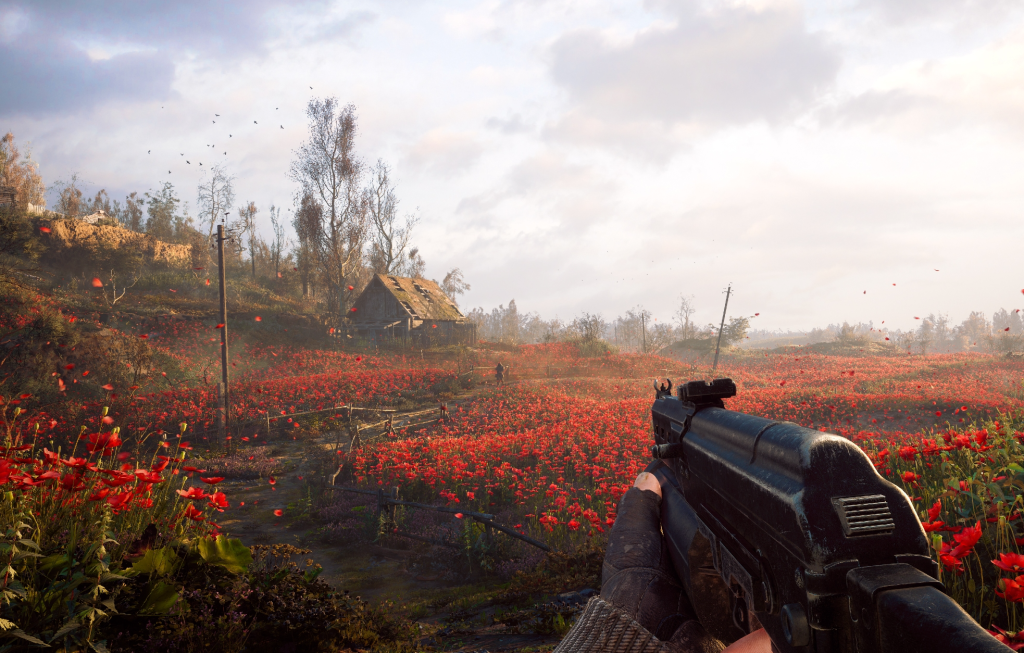The game development engine "Unreal Engine 5.0" has officially launched with a plethora of new features and improvements that will allow game developers to build beautiful and rich environments for years to come. Lets dive into some of these additions to an already extremely popular development platform and what it means for future game releases.
Key Features Of Unreal Engine 5
Nanite
With any game, object geometry is made using a mesh structure of thousands of vertices to define the objects shape. Rendering a world full of thousands of objects built with millions of vertices and triangles would of course be very taxing on system performance. Because of this it's common for objects to be "swapped" out for objects with a lower level of detail (LOD) if you are far away from them. You may have experienced in your favourite game the world will suddenly "pop" into view with more detail as models get swapped out to reduce the workload at further distances.

Nanite is a smart geometry system that does this on a near pixel level scale rather than swapping out an entire object. It will only render the detail that can be actively seen and no more. This means objects with an extremely high level of detail, perhaps an object that's been scanned using photogrammetry, can be used directly in a game world whilst Nanite does all the heavy lifting on what parts of the object can't be seen and just shouldn't be rendered. Allowing for some serious realism.
Lumen
Lumen is Unreal Engine 5's dynamic global illumination and reflection system and can integrate directly with the Nanite system. Lumen isn't directly comparable to hardware ray tracing but works in similar ways. It's a hybrid form of optimised, software ray tracing that uses different parameters to trace and calculate light paths from an illuminated source. You can learn a bit more about what ray tracing does from our article on it here.

The technology being leveraged by Lumen means global illumination in game worlds will look extremely realistic, with a similar function to ray tracing without the need for a £2000 powerful graphics card to handle all the taxing calculations. It's built with lower end hardware (such as current generation consoles) in mind, the knock on effect is games built in Unreal Engine 5 using this tech will benefit from the visuals no matter what platform you are on.
And Many More!
Whilst Nanite and Lumen are the 2 headline features of Unreal Engine 5, it doesn't stop there. Other features include Chaos, a physics and destruction system built to allow more realistic and cinematic dynamic destruction in game worlds. Houdini Integration, procedural generation that allows for highly detailed open world environments to be built at speed. The list certainly goes on, automated object placement, a "MetaHuman" creator to allow for highly realistic character models, advanced AI and so on... It all sounds rather exciting, and from a technology standpoint it is. But how does this effect gamers?
How Unreal Engine 5 Is Being Used
The creators of Unreal Engine, Epic, have released The Matrix Awakens: An Unreal Engine 5 experience demo that showcases everything UE5 has to offer. Whilst impressive, it's a very demanding demo that brings even the most extreme PCs to their knees. It's safe to say actual game releases are a couple years off from using the best of what Unreal has but that doesn't mean it won't be seen in the short term.
There is a long list of games both actively being built on Unreal Engine 5 or with plans to move them to the platform from Unreal Engine 4. One of the most popular titles is Fortnite, which is planned to be moved over mid-2022. This makes a lot of sense considering both the developer of UE5 and Fortnite is Epic Games. The list doesn't end there however, with other popular titles moving over or being based off the new engine such as eFootball 2022, Stalker 2: Heart of Chernobyl and even CD Projekt Red's new Witcher Saga, where they have stopped actively developing their in house "REDengine 4" in support of Unreal Engine 5, where they aim to help the development of the platform.

In Conclusion
If you are interested in game development technology or just outright playing games themselves, Unreal Engine 5 should get you excited. Unreal Engine was one of the most popular development platforms of the previous generation so seeing the leap Unreal Engine 5 is making only means good things for the future in both game development and gameplay itself.

